彭博社消息,日本勢將超過德國和意大利成為世界第二大太陽能發電市場,7月1日開始實施的激勵措施將提振從英利綠色能源到京瓷等太陽能制造商的銷售。彭博新能源財經預計,這可能刺激日本太陽能發電裝機容量增加3.2GW,價值至少96億美元。
Japan is poised to overtake Germany and Italy to become the world’s second-biggest market for solar power as incentives starting July 1 drive sales for equipment makers from Yingli Green Energy Holdings Co. to Kyocera Corp. (6971)Industry Minister Yukio Edano set today a premium price for solar electricity that’s about triple what industrial users now pay for conventional power. That may spur at least $9.6 billion in new installations with 3.2 gigawatts of capacity, Bloomberg New Energy Finance forecast. The total is about equal to the output of three atomic reactors.
The Shinjuku district skyline rises behind solar panels manufactured by Sharp Corp. and Kyocera Corp. at the solar power station on the rooftop of the Itochu Corp. headquarters in Tokyo. Photographer: Tomohiro Ohsumi/Bloomberg
.“The tariff is very attractive,” said Mina Sekiguchi, associate partner and head of energy and infrastructure at KPMG in Japan. “The rate reflects the government’s intention to set up many solar power stations very quickly.”
Prime Minister Yoshihiko Noda’s effort to cut dependence on atomic energy that provided about 30 percent of Japan’s power before the Fukushima nuclear meltdown in 2011 will help a solar industry suffering incentive cuts across Europe. It’s also raising concern among Japanese business groups that clean power aid will raise bills and slow Japan’s economic recovery.
“This is a mechanism with a high degree of market intervention by setting tariffs artificially high and making users shoulder the cost,” said Masami Hasegawa, senior manager of the environmental policy bureau of Keidanren, Japan’s most powerful business lobby, which counts Toyota Motor Corp. and Nippon Steel Corp (5401) among its members. “We question the effectiveness of such a scheme.”
Japan is poised to overtake Germany and Italy to become the world’s second-biggest market for solar power as incentives starting July 1 drive sales for equipment makers from Yingli Green Energy Holdings Co. to Kyocera Corp. (6971)Industry Minister Yukio Edano set today a premium price for solar electricity that’s about triple what industrial users now pay for conventional power. That may spur at least $9.6 billion in new installations with 3.2 gigawatts of capacity, Bloomberg New Energy Finance forecast. The total is about equal to the output of three atomic reactors.
The Shinjuku district skyline rises behind solar panels manufactured by Sharp Corp. and Kyocera Corp. at the solar power station on the rooftop of the Itochu Corp. headquarters in Tokyo. Photographer: Tomohiro Ohsumi/Bloomberg
.“The tariff is very attractive,” said Mina Sekiguchi, associate partner and head of energy and infrastructure at KPMG in Japan. “The rate reflects the government’s intention to set up many solar power stations very quickly.”
Prime Minister Yoshihiko Noda’s effort to cut dependence on atomic energy that provided about 30 percent of Japan’s power before the Fukushima nuclear meltdown in 2011 will help a solar industry suffering incentive cuts across Europe. It’s also raising concern among Japanese business groups that clean power aid will raise bills and slow Japan’s economic recovery.
“This is a mechanism with a high degree of market intervention by setting tariffs artificially high and making users shoulder the cost,” said Masami Hasegawa, senior manager of the environmental policy bureau of Keidanren, Japan’s most powerful business lobby, which counts Toyota Motor Corp. and Nippon Steel Corp (5401) among its members. “We question the effectiveness of such a scheme.”
 微信客服
微信客服 微信公眾號
微信公眾號

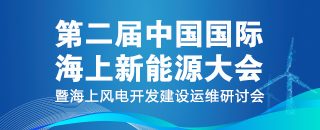
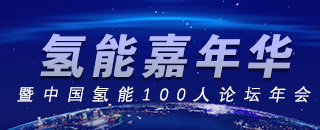
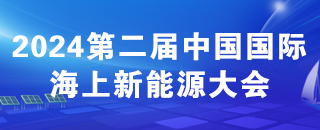

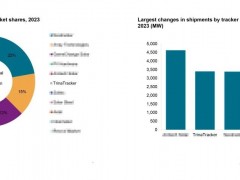

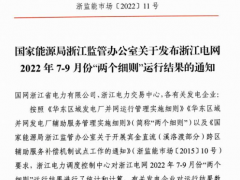
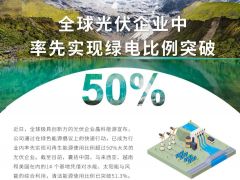
0 條